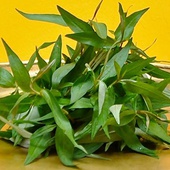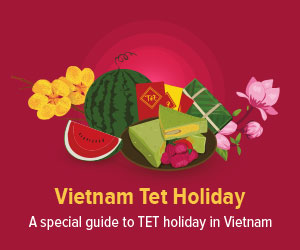Vietnam Food Culture: The Basics
Vietnam food culture is characterized by rice, fish sauce, snacks and regional diversity.
If you live in one of the multicultural cities such as Toronto, Los Angeles, London, or Paris, you probably have an idea of what Vietnamese cuisine is like. The country boasts one of the most diverse, delicious, and healthy gastronomies in the world. The main ingredients used in Vietnamese food include rice and its derivatives, fish sauce, and vegetables.
Thanks to Vietnam's tropical climate, extensive coastline, and vast mountain ranges, the country is blessed with a myriad of plant varieties. Visitors are often pleasantly surprised by the abundance of fruits and vegetables produced and consumed daily in Vietnam.
A visit to a Vietnamese restaurant abroad will likely spark some curiosity: you are most likely to be served a plate of fresh herbs before anything else.
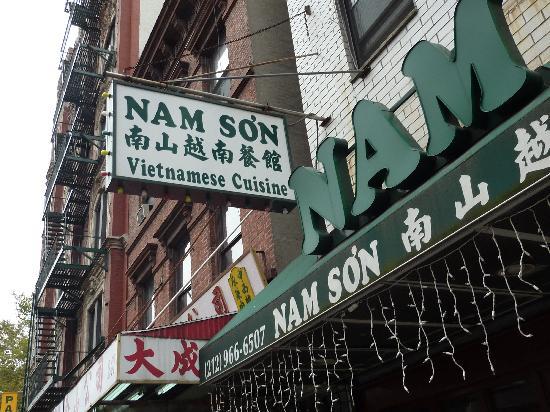 Nam Son at 245 Grand Street (Bowery, NYC) is among many notable Vietnamese restaurants abroad.
Nam Son at 245 Grand Street (Bowery, NYC) is among many notable Vietnamese restaurants abroad.
A Typical Rice-Based Culture
Vietnamese often wonder how Westerners can eat bread day after day, but the vice versa also holds true. Most tourists visiting Vietnam are amazed at the omnipresence of rice and rice-related dishes.
Rice Production
Rice continues to be the most important component of agriculture and the food scene in Vietnam.
Rice is venerated in many temples across the country, believed to originate from the worship of the Mother Goddess, one of the most enduring beliefs in Vietnam. Rice is essential here; the very first written characters of the word "Happiness" in ancient Vietnamese depict rice plants alongside a square symbolizing a paddy field. Rice represents not only happiness but also the very essence of Vietnamese identity.
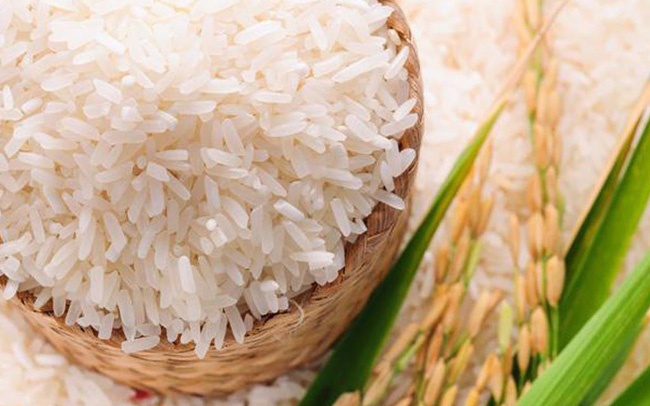 Photo: vietnambiz.vn
Photo: vietnambiz.vn
As a result, many primary dishes and snacks in Vietnam are made from rice: from boiled rice served in daily meals and rice porridge to steamed rice, glutinous rice cakes, and the famous Banh Chung (square cake). Rice varieties from across Vietnam produce an incredible range of dishes.
Even the iconic Pho you may have heard of is made from rice. Rice lies at the center of Vietnamese cuisine, much like the sun at the core of the solar system.
Appreciating the importance of rice, Vietnamese continue to innovate their farming methods, introducing new rice varieties. Renowned worldwide for their distinctive flavors, Vietnamese rice becomes an unforgettable culinary experience, especially when paired with soy sauce and pickled eggplant.
Vietnamese Rice
A bowl of rice is a must for all lunches and dinners.
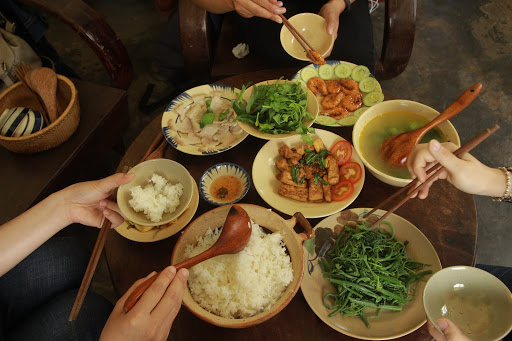 Photo: baovanhoa.vn
Photo: baovanhoa.vn
If you believe that the way people eat reflects their society, you will find it fascinating to explore the role of fish sauce in every Vietnamese meal. Traditionally, family meals are served on a shared tray, promoting a sense of communal dining. This custom encourages diners to thoughtfully consider how much they eat, as they share all dishes together.
Vietnamese Fish Sauce
At the center of the dining tray typically sits the iconic fish sauce bowl, which is shared among diners and symbolizes a unique aspect of Vietnamese culture. While some associate it with unity, others believe it can give rise to undesirable traits such as jealousy.
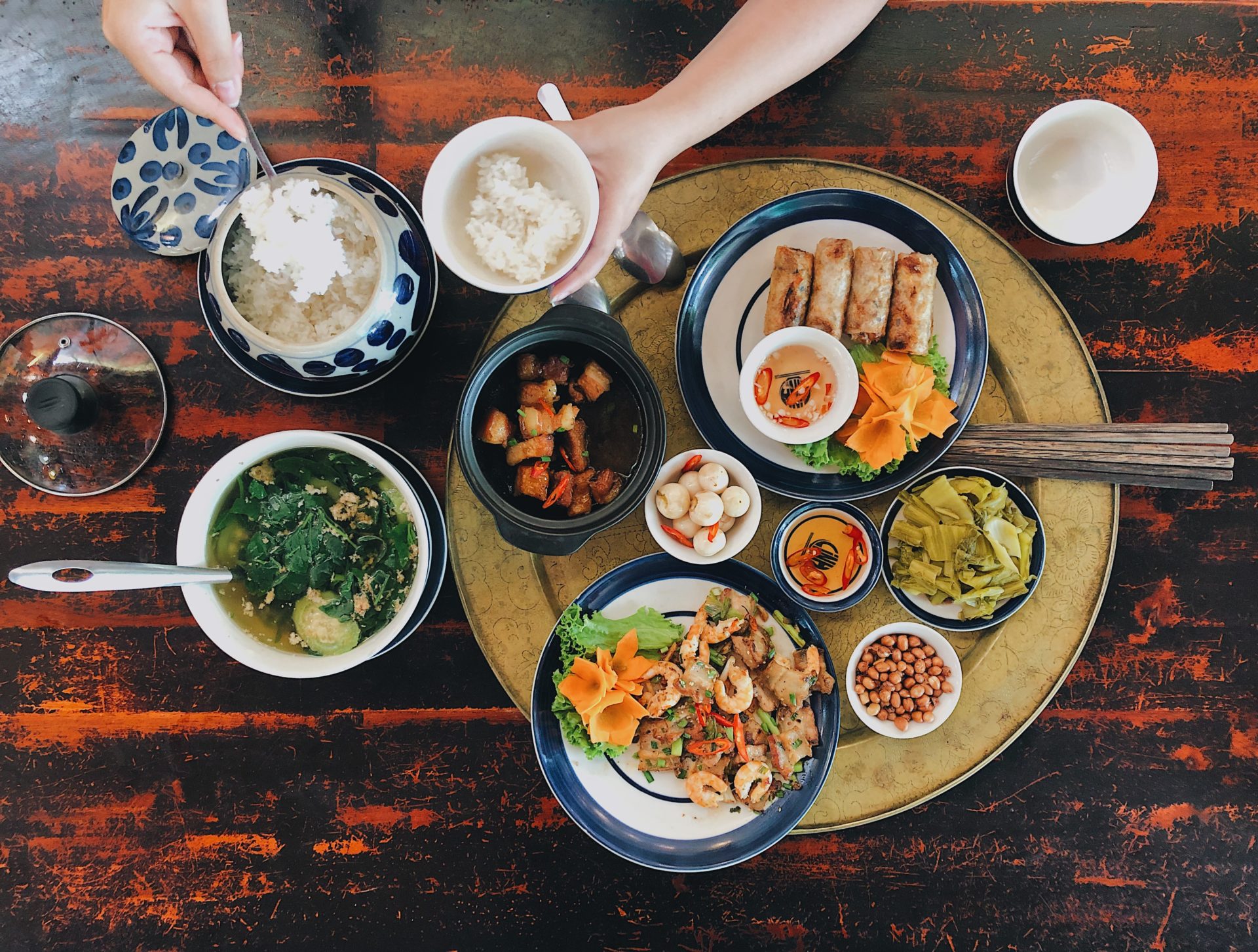 Photo: daubepgiadinh.vn
Photo: daubepgiadinh.vn
Regardless of perspective, it is clear that fish sauce plays a significant role in Vietnamese culinary tradition. As a predominantly wet rice farming nation, people historically relied on vegetables and aquatic sources such as shrimp, fish, and snails for their diet. Consequently, boiled dishes are a staple, and fish sauce is in high demand.
Today, Vietnamese have developed hundreds of types of fish sauce, tailored for different dishes, regions, and seasons.
A Snack Paradise to Explore
Traditionally, Vietnamese farmers enjoyed leisure time after the crop season, leading to inventive snack preparation. Sweet potatoes are a prime example of popular countryside snacks, often consumed boiled without added salt or sugar.
Vietnamese snacks frequently feature natural, non-packaged ingredients with no added sugar or salt.
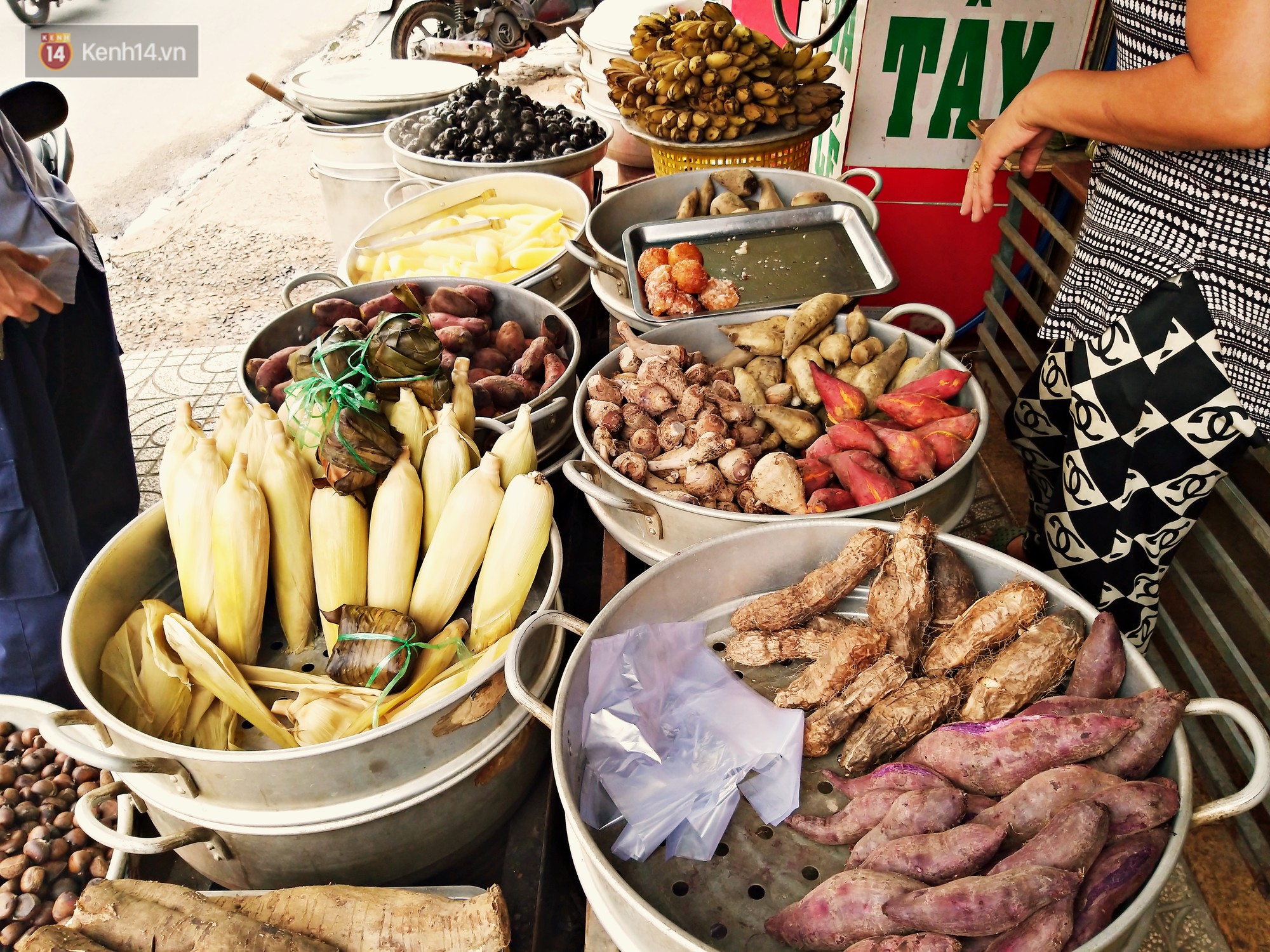 Photo: kenh14.vn
Photo: kenh14.vn
For the adventurous eater, unique snacks await discovery in local homes or from street vendors. Trying a fertilized egg on a breezy afternoon may seem intimidating, yet it remains a popular and nutritious Vietnamese snack.
Apart from a diverse array of noodles, rice cakes, and sweet bean soups, you might be interested in tasting pig's blood soup—a dish shrouded in cultural significance yet typically enjoyed without much questioning by locals. The goal is simply to find a good restaurant and savor this traditional dish served with Vietnamese flair.
Of Unity and Diversity
If there's one theme to summarize Vietnamese food, it is "unpredictable diversity." Each region—North, Central, and South—offers unique culinary delights. The influence of Chinese and French cultures during the colonial era further enriches Vietnam's vibrant gastronomy. Describing specific features of regional cuisines is a challenging task, as there are many capitals of food in Vietnam. While Hanoi provides authentic culinary experiences, Hue is famous for its royal cuisine, and Ho Chi Minh City prides itself as being the most diverse in dining options. It is a journey of discovery, allowing you to choose your favorite.
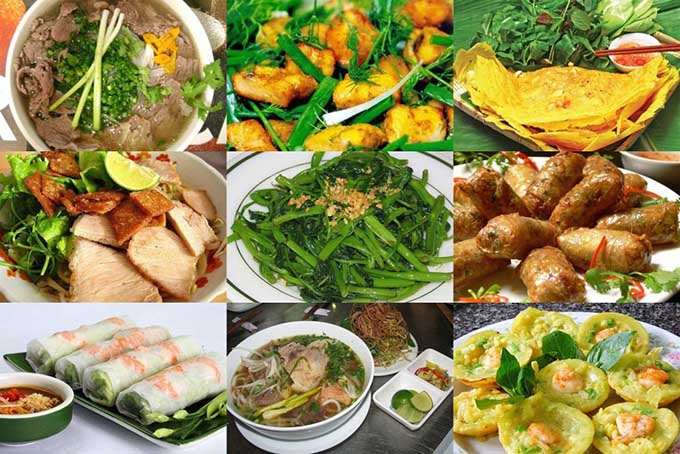 Photo: beptruong.vn
Photo: beptruong.vn
Sprouts and Herbs
To identify Pho from the southern region of Vietnam, look for accompanying bean sprouts and Thai basil.
In stark contrast to the typical Western breakfast of toast and cereal, breakfast in Vietnam offers a variety of dishes, from noodles to rice to baguettes. Pho is a renowned dish, but you should broaden your culinary horizon by trying other local specialties like banh cuon, xoi xeo, and chao suon. Lunch and dinner often feature rice served with vegetable broth and a selection of protein options like tofu, chicken, pork, beef, or potatoes. Regional differences shine through in the diverse cooking methods and seasonings.
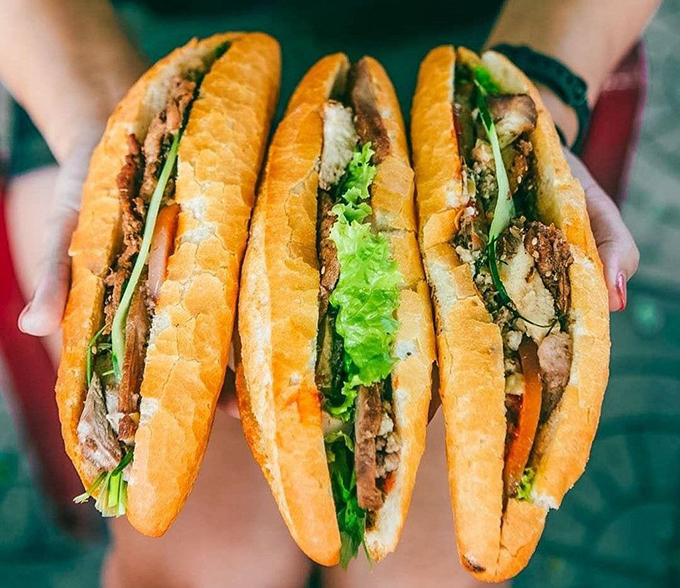 Photo: ngoisao.net
Photo: ngoisao.net
In addition to local dishes, you will find various international food options in major cities. Hanoi and Ho Chi Minh City feature Indian, Japanese, Korean, Spanish, Greek, and Chinese cuisines in touristic areas. While pizza and pasta are becoming more prevalent, they remain relatively expensive compared to local dishes, which are more accessible to a broader audience. Additionally, traditional fast food chains are limited: you may not find McDonald's, but KFC and Pizza Hut are making inroads. Nonetheless, why travel to the other side of the world just to eat a burger?
Learn about essential dishes you cannot miss when visiting Vietnam.
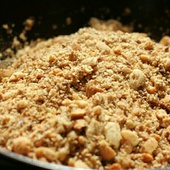
Top 5 Side Dishes to Serve with Xôi (Vietnamese Sticky Rice)
Most common add-ons for Vietnamese Xoi.
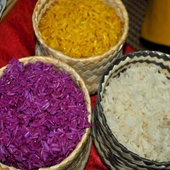
Different Types of Vietnamese Sticky Rice (Xoi)
It will be a big miss if you come to Vietnam without trying “xoi”.



